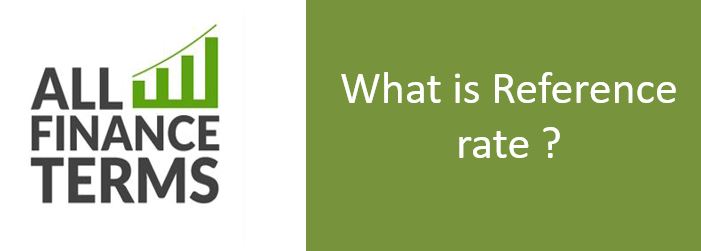Definition of Reference rate
Reference rate is interest rate standard upon which a floating-rate protection or interest rate exchange is based.
Brief Explanation of Reference rate
It will be a moving catalog such as LIBOR, the prime amount or attention amount on standard U.S. Treasuries. They are at the core of an arm (ARM), where the borrower’s interest rate will be the references rate usually an LIBOR plus a set amount, known as the distribute. Depending on the protection or financial contract being written, the reference rate can be cleverer, in the form of an inflation standard such as the Consumer Price Index or a measure of economic health such as unemployment prices or corporate default rates. From the perspective of a loan provider, the references rate is a guaranteed amount of borrowing, so at a minimum, the loan provider always earns the spread as profit. When used in interest rate swap, the floating references rate is exchanged by one party to the transaction for a set amount or set of expenses. If the references rate makes a sudden move upward, debtors who must pay floating interest rates will see their expenses rise dramatically.


